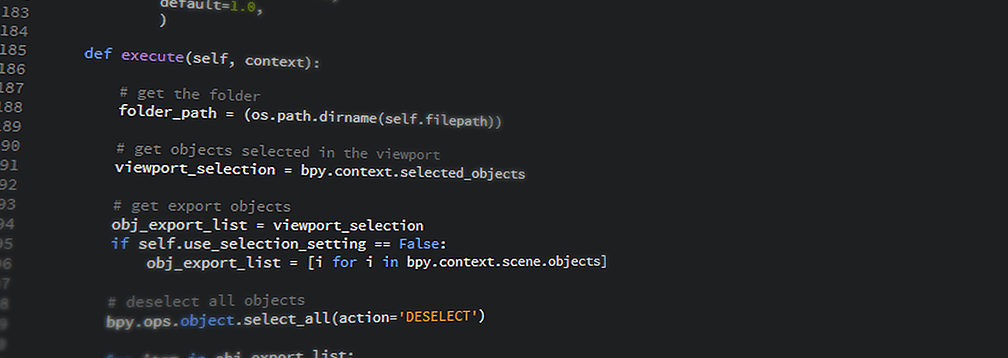What Is the Difference Between HTML and CSS?

What is the difference between HTML and CSS? If you want to design your own websites, you need to master both HTML and CSS. And understanding what is the difference between HTML and CSS can help you master web design faster and create engaging sites with high user experience scores.
HTML and CSS work together to create websites. HTML, or hypertext markup language, creates the on-page content. That includes titles, headers, images, and all the written text. CSS, or cascading style sheets, determines the style of the website, such as background color, layout, and the overall design.
In other words, HTML is like a body and CSS is like the clothes. The body can exist without clothes, but it might look kind of plain. After all, you can change a lot about a body by dressing it up in different clothes. When you dress up plain HTML with CSS, you create a more dynamic website, improving user experience.
In short, HTML and CSS must work together to create dynamic, informative webpages. As a result, it’s important to both understand the difference between HTML and CSS and learn how to effectively use both.
Let’s start by examining both HTML and CSS to better understand what is the difference between HTML and CSS.
What you can do with HTML
At the simplest level, HTML operates as a system of tags. These tags tell a web browser how to interpret the text. HTML includes tags for different parts of a website, including the title and headers.
Take, for example, the title for this article. In HTML, it would look something like this:
<h1>What is the difference between HTML and CSS?</h1>
The <h1> tag tells the browser that the text represents the title. At the end of the title text, the end tag lets the browser know that the title is over, signaling the start of regular body text.
HTML also influences the body text on a website. For instance, HTML tags tell the browser when to use bold text, italic text, and underlined text. Browsers interpret the tags to display the text.
In HTML, those instructions would look like this:
<b>bold text</b>, <i>italic text,</i> and <u>underlined text</u>
In addition to providing instructions on text, HTML also lets web designers embed images, tables, and videos into websites. The <img> tag, for example, inserts a linked image into a website, and HTML also lets designers set the size of the image and provide alternative text describing the embedded image.
HTML is relatively straightforward, and you can learn the basics of HTML in a matter of hours. But unless you want a website that looks straight from the ’90s, it’s important to also master CSS.
What you can do with CSS
CSS is slightly more complicated than HTML, but it’s no less important in web design. HTML provides the bones of a site: its title, text, and graphics. But the page’s style comes from CSS.
What’s included in CSS? The page’s fonts, text colors, background colors, and the layout are all determined by CSS.
Let’s say, for example, that you wanted to change the following title text by adding some color:
<h1>What is the difference between HTML and CSS?</h1>
CSS lets you change the title’s color:
h1 { color: red;}
With a few simple instructions, the browser now knows to change color of the title text to red.
As in the previous example, CSS code begins with a “selector.” This tells the browser which HTML elements to modify based on the CSS code. Selectors can include headers, paragraphs, or the body of the page itself.
Inside the braces, the CSS instructions tell the browser how to change the selector. Those instructions include color, font size, background size, margins, and other details related to layout and style.
Should you learn HTML or CSS first?
Web designers need to master both HTML and CSS. In general, it makes sense to start with HTML first, particularly because the tag system is relatively easy to learn.
But learning HTML and CSS together, especially the ways they interact with each other, gives web designers more control over their pages.
For example, designers write CSS in several different formats: external style sheets, internal style sheets, and inline style. External style sheets collect all the CSS instructions for a site’s design in a single file, which designers typically link to in the header of each page on their site.
Internal style sheets apply to a one specific page, a useful tool for designers who want a different style for single page on their site. Designers include the internal style sheet in the page’s header. Finally, inline styles affect only a single line of HTML code, modifying just the title or one single paragraph.
Understanding when to use these different formats is an important part of mastering both CSS and web design.
What is the difference between HTML and CSS?
HTML and CSS serve different functions, but they work together to create dynamic, engaging websites. By learning both HTML and CSS––including how they work together––designers create better websites.
Consider, for instance, our previous example of using HTML to create a title and modifying its color with CSS. By understanding how HTML and CSS work together, designers can do both steps in a single line of code by writing CSS inline code:
<h1 style=”color: red;”>What is the difference between HTML and CSS?</h1>
In a single line, the browser knows to create the title text and change the color to red.
Here’s another way to think about HTML vs. CSS: HTML lets designers recreate a word document on a website. The tags modify the text, mimicking the function of a word processor. CSS distinguishes a website from a word document by adding style and design elements.
While HTML is foundational to websites, CSS plays a large role in user experience. Understanding both, especially how they work together, lets designers create engaging websites.
Consider the body and clothes analogy one more time: a body without clothes looks bare, while clothes without a body look flat, without substance. But pair the body with the right clothes and you’ve got a perfect match.
The same applies to HTML and CSS. HTML without CSS is bland, like a plain word document. CSS without HTML is style without any substance. The best web designers know how to pair HTML and CSS to create an exceptional website.
Want to learn to program professionally? I’m offering a FREE trial of my training program Five-Week Coder. You will get the opportunity to join over 1,000 other people in my private Facebook group, get weekly coaching sessions with yours truly, and watch all of my lessons and lectures. I will help take you from a beginner to getting paid for your first freelance programming project. I can’t wait to work with you!






